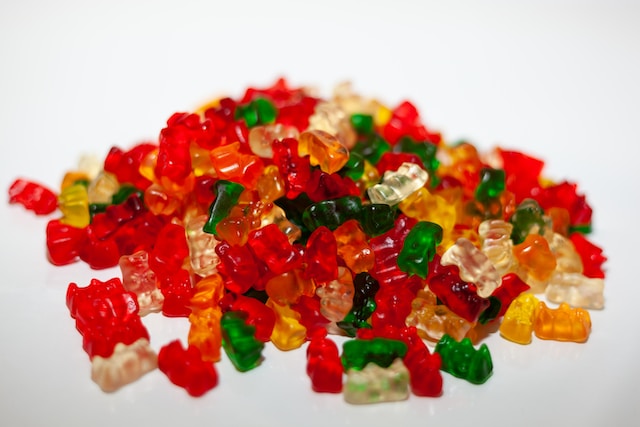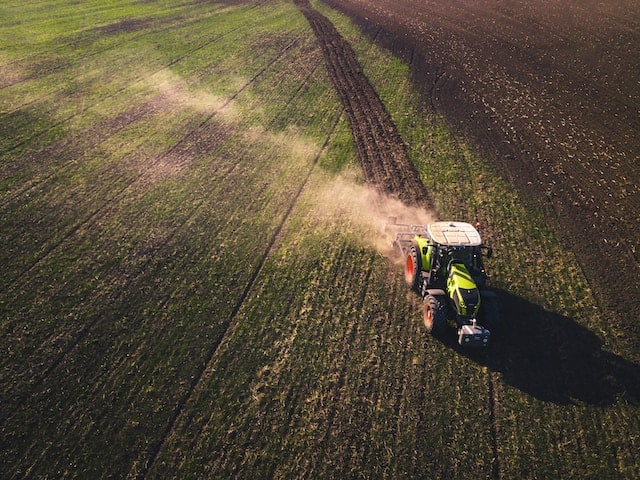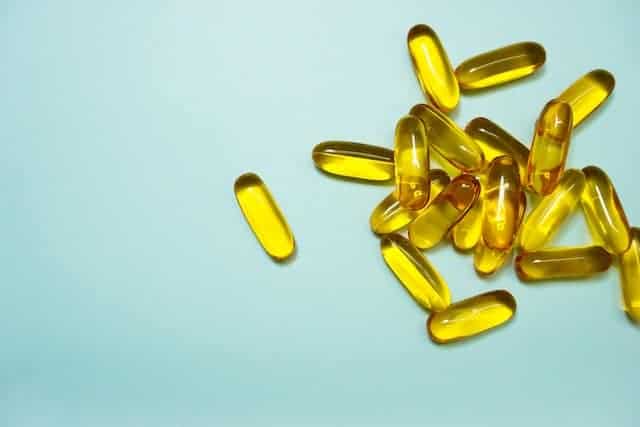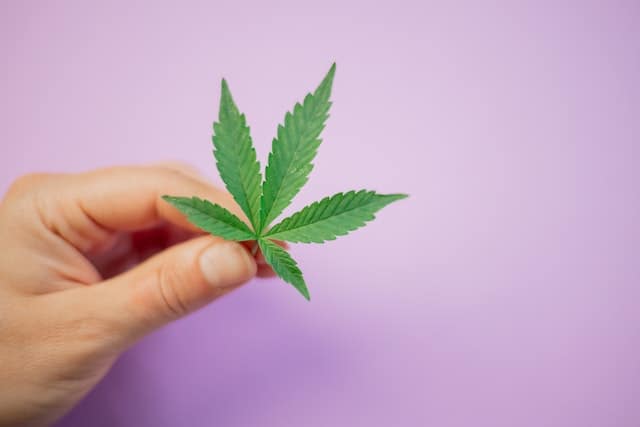Cannabidiol, or CBD, seems to be popping up everywhere. Stores around the country are advertising that they sell it, and people you know may be using it for calming stress or reducing pain. But you might be confused about the product. Could it be a valuable addition to your health and wellness regimen? Is it legal? How might it make you feel?
CBD: The Basics
CBD is a non-psychoactive component of marijuana and hemp plants. It is one of many cannabinoids that are found in cannabis plants.
There are at least 85 cannabinoids in cannabis plants. Some say that there are hundreds.
Tetrahydrocannabinol, or THC, is the most plentiful. That’s the compound that produces the high that people experience when they smoke marijuana.
Some of the other cannabinoids in marijuana and hemp plants include:
• THCA – A precursor to THC that’s found in raw cannabis and has anti-inflammatory, anti-proliferative, neuroprotective, and antiemetic properties
• CBG – A precursor to CBD that may help with relieving glaucoma, fighting bacteria, reducing anxiety, and improving symptoms of gastrointestinal conditions
• CBN – A cannabinoid that develops as THC ages and has many of the same health benefits
• CBC – A cannabinoid with potential for fighting cancer, blocking pain, protecting brain cells, treating acne and reducing depression
• THCV – A potentially psychoactive cannabinoid that suppresses the appetite and may help with diabetes, panic attacks, and Alzheimer’s disease
Most of the cannabinoids in cannabis are not intoxicating and have many health benefits. One of the reasons that researchers are paying attention to CBD more than the other cannabinoids is that it’s the second most plentiful cannabinoid in marijuana and hemp plants.
History of CBD
Although there has been a significant amount of media coverage about CBD in recent years, using cannabis for health benefits is not new. The plant has been used as a remedy for a variety of ailments since ancient times.
In 1839, W.B. O’Shaughnessy, a doctor and researcher, began to conduct experiments using cannabis. But he didn’t identify the different cannabinoids.
Advancements in technology allowed researchers to identify CBN in 1940. CBD was successfully isolated in 1942.
But scientists still weren’t sure how the cannabinoids exerted their effects on the human body. By the 1980s, researchers had concrete evidence that the body contains receptors that are influenced by cannabis. The endocannabinoid system was identified in the 1990s.
Understanding the endocannabinoid system has helped researchers learn how CBD and other cannabinoids exert their effects. The endocannabinoid system is a network of receptors that are located in the central nervous system.
They’re responsible for keeping the body in homeostasis. In other words, when you’re out of balance because of health problems, psychological issues, trauma, or other conditions, addressing the endocannabinoid system can make you feel better.
Endocannabinoid receptors hang out on cell walls in the brain, organs, skin, and other parts of the central nervous system. They’re activated when different cannabinoids bind to them. The body produces its own neurotransmitters that interact with these receptors. CBD and other cannabinoids interact with the receptors in the endocannabinoid system as well.
THC stimulates CB1 receptors, which play a role in memory, motor function, mood, and pain sensations. When THC binds to CB1 receptors, you feel intoxicated or high. The other type of receptor in the endocannabinoid system is the CB2 receptor, which is responsible for immune function.
CBD doesn’t bind to CB1 or CB2 receptors. Instead, it changes the way that those receptors can bind to other cannabinoids. CBD plays an indirect role in optimizing the endocannabinoid system.
CBD and Epilepsy
An essential part of the CBD story involves its usefulness for treating epilepsy. You might be familiar with the story of Charlotte Figi. She had her first epileptic seizure when she was 3 months old. By the time that she was 6, she was having more than 300 major seizures a day.
Charlotte has Dravet Syndrome, a severe form of epilepsy that doesn’t respond to most medication. While researching treatment options, Charlotte’s parents came across the story of a boy with a similar condition who was successfully treating his ailment with cannabis. They were intrigued.
The strain of cannabis that was proving to be effective was low in THC and high in CBD. Therefore, it can not make children feel intoxicated. However, it did have the potential to stop the seizures.
Charlotte’s parents had to fight to try using CBD-rich cannabis for their daughter. Because of the legal issues that have been associated with marijuana, many doctors and authorities were hesitant to jump on board with the experimental treatment.
But Charlotte was experiencing brain damage from her seizures. Pharmaceuticals weren’t helping her. It seemed as though she had no other choice.
Charlotte’s parents found a high-CBD strain of marijuana and had it transformed into an oil concentrate that they administered to their daughter. Within hours, Charlotte stopped having seizures. Charlotte’s parents ended up working with the Stanley brothers, who grew medical marijuana in Colorado. They developed a strain with the qualities that could be ideal for treating rare forms of epilepsy.
Research continued, and in 2018, the FDA approved Epidiolex, a CBD-based drug that’s used to treat two types of epilepsy in children over the age of 2.
The Science Behind CBD and its Uses
Scientists are still working to fully understand the way the endocannabinoid system operates. However, many small studies have shown that CBD is promising for improving wellness in a variety of areas. Research shows that CBD may be useful for treating the following conditions:
• Acne
• ADHD
• Addiction
• Alzheimer’s disease
• Anorexia
• Anxiety and depression
• Chronic pain
• Cancer pain
• Endocrine disorders
• Fibromyalgia
• Gastrointestinal disease
• Migraine
• Nausea
• Nerve pain
• Sleep disorders
• Stress
Because the endocannabinoid system is responsible for so many functions within the body, it makes sense that a compound that interacts with it can have a wide variety of benefits.
One of the reasons why CBD can be so powerful for improving your health is that it has anti-inflammatory properties. Inflammation plays a role in a large number of health conditions. Being able to tackle inflammation at the source can reduce the risk of heart disease, diabetes, and chronic pain.
CBD isn’t just useful for physical ailments. It’s also relaxing and can improve your mood.
Several studies have found that CBD can help people manage anxiety. CBD may change the way that your blood flows to the areas of the brain that are linked to anxiety. Evidence shows that people with anxiety also tend to feel calmer after using CBD.
Many people who seek treatment for any of the ailments above end up taking pharmaceuticals that have significant side effects. CBD is a more natural option. It is generally regarded as safe and doesn’t produce major side effects. Plus, it doesn’t require a prescription and is legal in every state as long as it contains less than 0.3% THC.
Compare that to the effects of drugs such as opioids, which are commonly prescribed to treat chronic pain. Opioids are highly addictive, have major side effects, and lose effectiveness over time. Many other pharmaceuticals have similar problems.
CBD is not addictive and supports your health in a variety of ways. Many small studies support its effectiveness. Also, many people who have used it say that it does wonders for their pain, anxiety, and general wellness.
Most Recent Tested products

















Leave a Comment